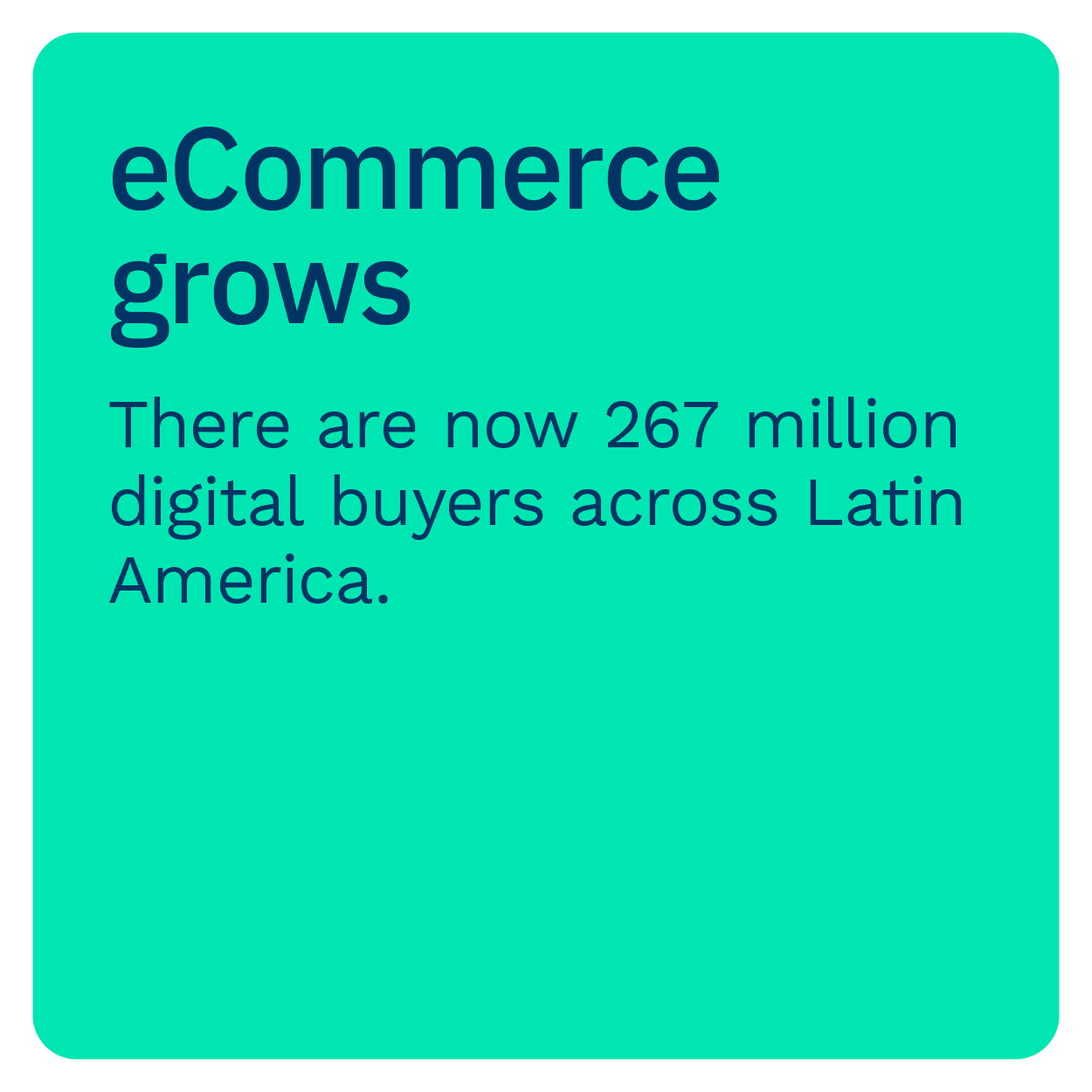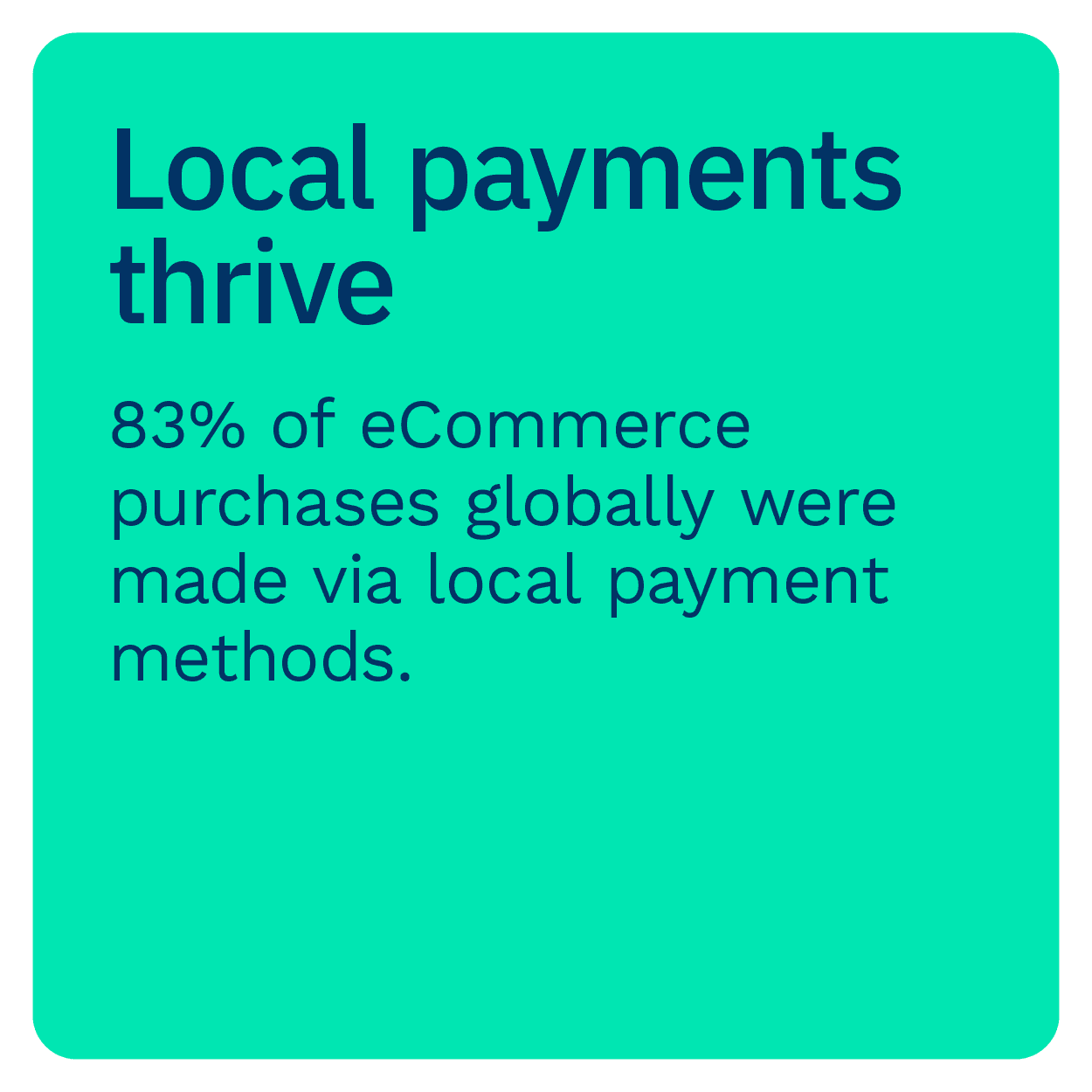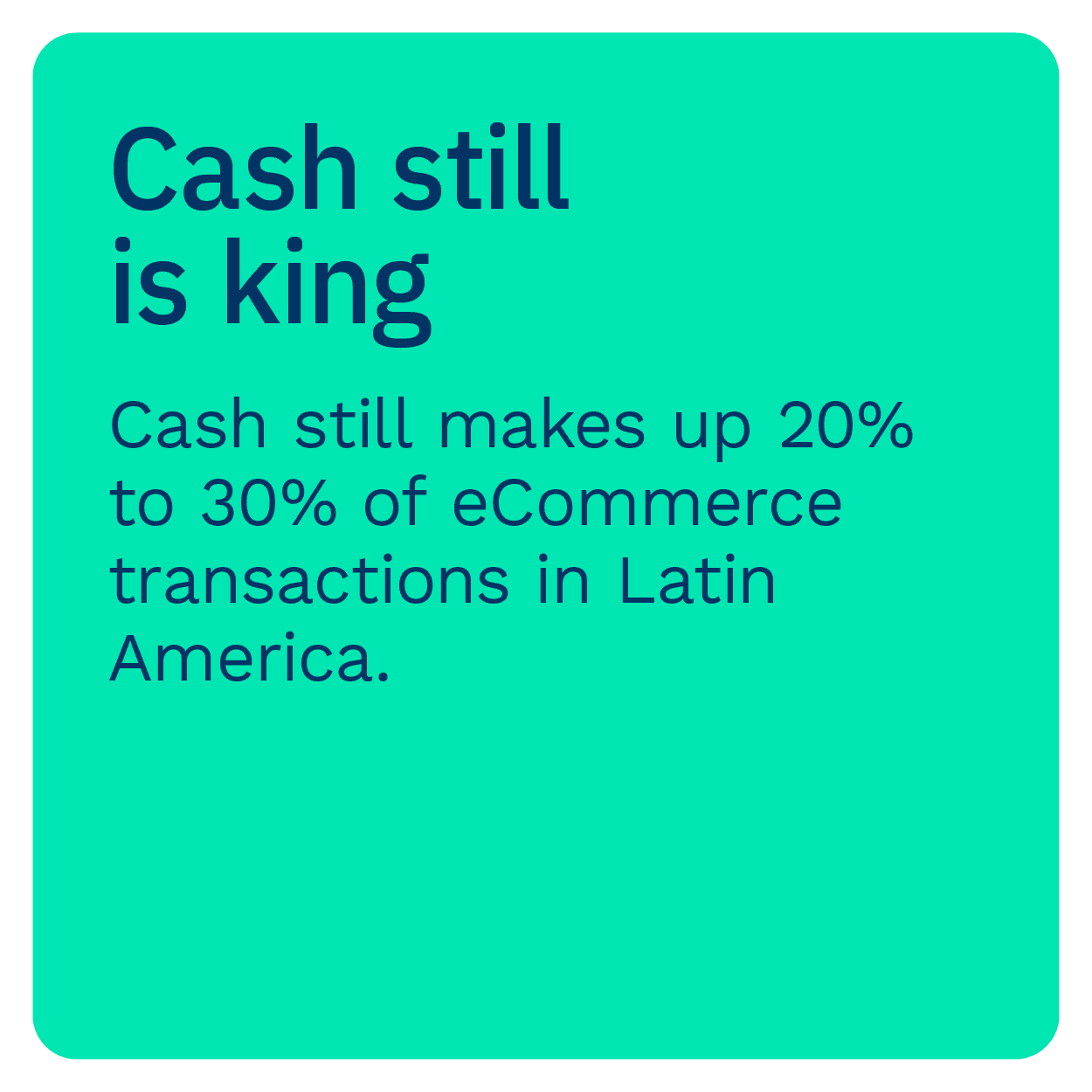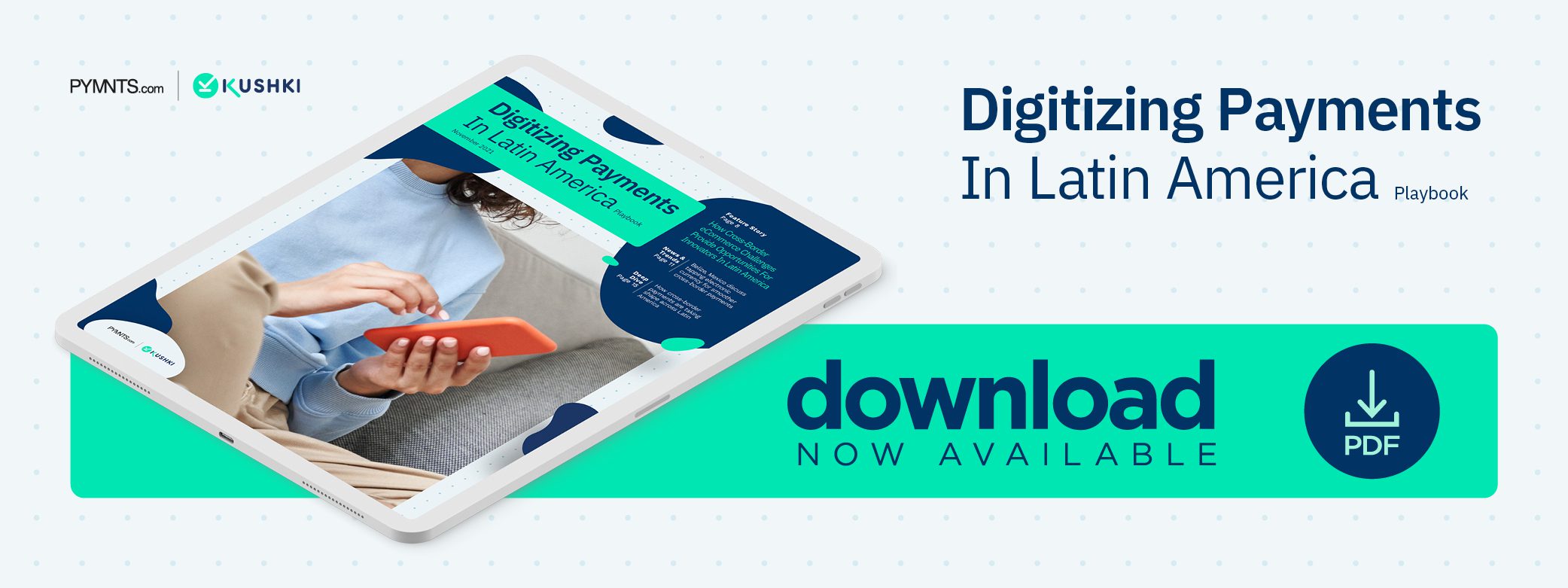FinTechs Play Big Role in Helping Consumers Shop Across Latin America

eCommerce is quickly establishing itself as a significant industry in Latin America, with one report finding that 267 million online buyers now live within the region.
This growth is simultaneously occurring as access to online banking channels and tools expands, with an October 2020 report revealing that 40 million Latin American individuals became banked in the five months before the report’s publication. 
Increased access to online banking and payment tools also means more consumers are looking to interact with retailers outside of their own markets that accept payments via credit or debit cards as opposed to cash upon pickup, for example. This, in turn, is creating opportunities for payment service providers (PSPs) and financial institutions (FIs) to smoothly facilitate these cross-border transactions. These entities must carefully watch how payment preferences shift across the region and overcome any regulatory and payment infrastructure development challenges.
In the latest Digitizing Payments In Latin America Playbook, PYMNTS examines how eCommerce and cross-border commerce are developing in Latin America and how banks and payment providers can seize the cross-border payments opportunity.
Around the Latin American Payments World
Guatemalan FI Banco Industrial is among the banks seeking to support seamless cross-border payments, announcing a partnership with money transfer and remittance service Western Union. This partnership will allow the bank’s customers to send and receive funds in more than 200 countries. Between 7% and 10% of Guatemalans live abroad, making access to such capabilities critical and helping banks that offer convenient cross-border payment tools grow customer loyalty and engagement. These solutions will become increasingly important to Latin American consumers shopping and paying online more frequently.
 Another payment method garnering more interest among payment providers and regulators in Latin America is cryptocurrency, which could ease some of the traditional pain points associated with cross-border payments. A government delegation from Belize met with Banco de Mexico representatives to discuss banking and trade regulations between the countries, including the possible development of a cross-border payments system using electronic currency. The proposed cryptocurrency would replace the U.S. dollar for such transactions. The meeting culminated in creating a working group to continue studying the idea and how to implement it.
Another payment method garnering more interest among payment providers and regulators in Latin America is cryptocurrency, which could ease some of the traditional pain points associated with cross-border payments. A government delegation from Belize met with Banco de Mexico representatives to discuss banking and trade regulations between the countries, including the possible development of a cross-border payments system using electronic currency. The proposed cryptocurrency would replace the U.S. dollar for such transactions. The meeting culminated in creating a working group to continue studying the idea and how to implement it.
For more on these and other stories, visit the Playbook’s News & Trends.
How Supporting Local Payments Can Support the Future of Cross-Border Commerce in Latin America
eCommerce adoption expanded rapidly in Latin America in 2020, with consumers warming to cross-border commerce and exploring brands and channels outside of their native markets. As public health and safety guidelines ease, however, challenges are arising that could impede its growth.
The continued reliance on cash transactions in many Latin American markets and a lack of regulatory standards for cross-border transactions could hamper the adoption of electronic payments and eCommerce, explained Souheil Badran, executive vice president and chief operating officer at Northwestern Mutual. This makes the role of FinTechs and PSPs key as these entities look to champion cross-border commerce modernization in the region.
To learn more about the future of eCommerce in Latin America and how FinTechs and PSPs factor into it, visit the Playbook’s Feature Story.
Deep Dive: How Payment Providers Can Seize the Latin American Cross-Border Payments Opportunity
 Consumers across Latin America are going online more frequently to shop, with one report predicting that there will be 77 million digital shoppers in Mexico alone by the end of 2025. Online shoppers are also experimenting more often with credit and debit cards when making their purchases, leading many to consider retailers outside of their own markets with the ability to accept such payments. This gives payment providers key opportunities to drive support for cross-border digital payments in Latin America, but they must understand consumers’ local payment preferences and needs to be successful.
Consumers across Latin America are going online more frequently to shop, with one report predicting that there will be 77 million digital shoppers in Mexico alone by the end of 2025. Online shoppers are also experimenting more often with credit and debit cards when making their purchases, leading many to consider retailers outside of their own markets with the ability to accept such payments. This gives payment providers key opportunities to drive support for cross-border digital payments in Latin America, but they must understand consumers’ local payment preferences and needs to be successful.
To learn more about how payment providers can navigate the Latin American cross-border payments space, visit the Playbook’s Deep Dive.
About the Playbook
The Digitizing Payments In Latin America Playbook, a PYMNTS and Kushki collaboration, examines the latest digital payments developments in Latin America, including how payment services providers can support consumer demands and gain a foothold within the region.
